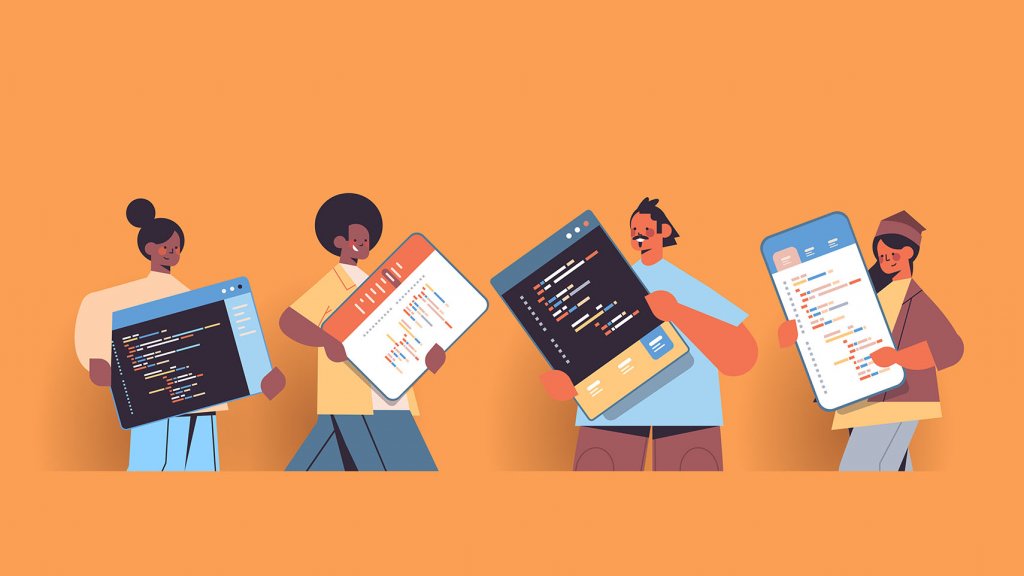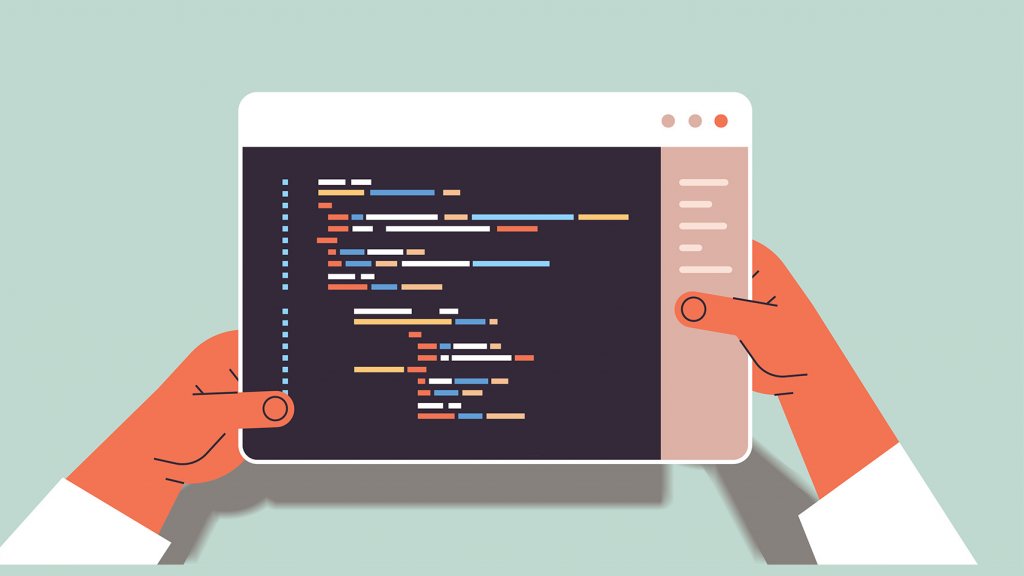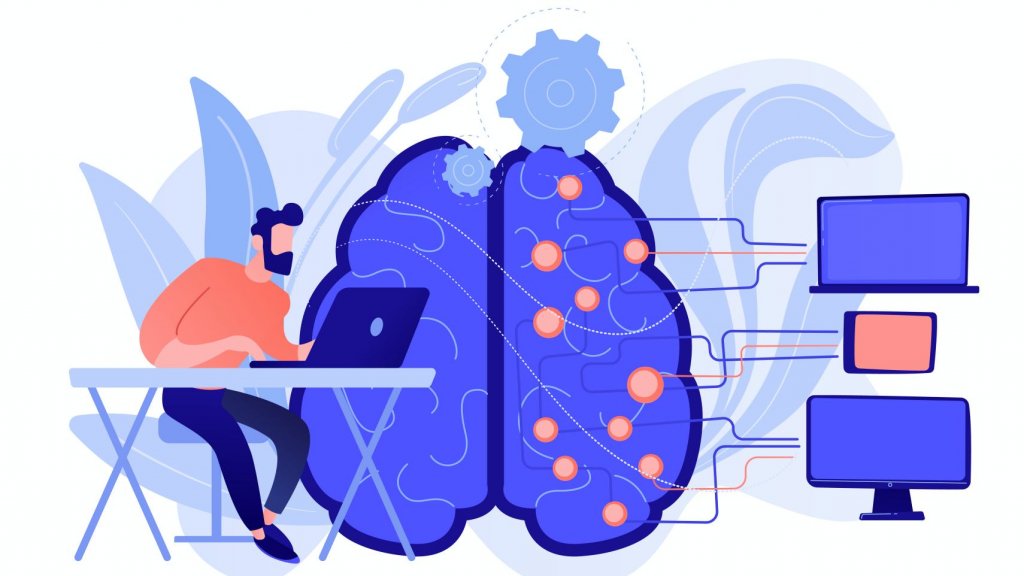When utilizing machine learning, which is one of the elemental technologies of AI, in corporate activities, it is necessary to select an appropriate method from a large number of algorithms for the problem to be solved. The machine learning algorithm cheat sheet supports the method selection. This article describes how to use cheat sheets to support machine learning algorithm selection.
What are machine learning and algorithm cheat sheets?

Machine learning is a technique for inputting a large amount of data into a computer and discovering patterns and rules hidden in the data. Here’s an overview of the need for machine learning, algorithms, and cheat sheets.
The need for machine learning
One of the factors that has attracted attention in machine learning these days is that improvements in computer processing power have made it possible to analyze large amounts of data with high accuracy and speed. By substituting the data analysis that was done by humans, it became possible to perform more accurate analysis at low cost. Businesses are proclaiming the need for machine learning to leverage the big data they hold to help them make clearer decisions.
Machine learning algorithms
Machine learning can basically be analyzed by performing mathematical processing on the data prepared in advance. Algorithms perform that process, but there are many types. Since each algorithm has different processing capabilities, it is important to select an algorithm that is suitable for the purpose of data utilization.
Cheat sheet is an algorithm selection guide
Choosing the right algorithm from many types is not easy. The algorithm cheat sheet is used there. A cheat sheet is, for example, an algorithm selection cheat sheet that allows you to select the appropriate algorithm for the purpose of data analysis.
Machine learning algorithms How to use and type cheat sheets

The Algorithm Cheat Sheet is designed to provide a rough guide to the user. Here, we will introduce how to use the cheat sheet and an example of the algorithm from the category.
How to use the sheet
If it’s a flow chart-style cheat sheet, you’ll have a branch of questions. By answering the questions presented in order, you will find a guide to finding the right method. You may also be prompted to collect data if you do not have the right amount of data for your purposes. Therefore, it is necessary to clarify the purpose of data utilization in advance.
To 4 categories
As you proceed with the branch, you will end up in several categories. The types of categories vary from cheat sheet to cheat sheet, but here we will tell you the commonly used classification formats.
- Classification
- Regression
- Clustering
- Dimensionality reduction / compression
Classification and regression analysis is a method called “supervised learning” that learns and analyzes the characteristics of input data so that correct output can be obtained based on the correct answer data. Classification can be used to classify what you have entered, and regression analysis estimates unknown numbers. Clustering and dimensionality reduction / compression are unsupervised learning techniques that learn and analyze the characteristics and rules of data entered without correct data. Clustering is unsupervised grouping, and dimensionality reduction / compression is an analytical method for summarizing and reducing data.
[For beginners / intermediate users] Machine learning algorithm cheat sheet

Using cheat sheets will help beginners in machine learning get an overview of the method. It can also be used by intermediate users to find the algorithms they need to perform data analysis. Here, we will introduce an algorithm cheat sheet for beginners and intermediate users.
Azure Machine Learning
Azure Machine Learning is a machine learning cloud service provided by MIcrosoft. A library of six algorithms is available: classification, recommender systems, clustering, anomaly detection, regression, and text analysis. The cheat sheets provided in the Azure Machine Learning product documentation are branched according to the purpose of data utilization and divided according to the nature of the data.
SAS Institute Japan
There is an article written by Hui Li of The SAS Data Science Blog and translated by SAS Institute Japan. In that article, you’ll find a machine learning algorithm selection cheat sheet. It is recommended for beginners because the seat design is easy to understand and the algorithm is easy to understand.
scikit-learn
scikit-learn is an open source library used when implementing machine learning with python. You can find the cheat sheet on the page Choosing the right estimator on the scikit-learn site. It can be used for algorithm selection when analyzing what kind of data it is.
Must-see for machine learning beginners! Basic algorithm

Here, we will introduce the basic machine learning algorithms. If you are new to machine learning, let’s start with the algorithms introduced below.
NN (Neural Network)
Neural networks are algorithms that incorporate human brain and nervous system neurons into mathematical models. There are several types of neural networks, such as RNN (Recurrent Neural Network) and CNN (Convolutional neural network).
Logistic regression
Logistic regression is a model for solving classification problems. When an input is given, it outputs not only which class the input is classified into, but also how likely it is to be classified. For example, in a two-class classification, this model predicts the probability that an event will occur, and if the probability is greater than 50%, it will be classified into the class “an event will occur”, otherwise “an event will not occur”. It is classified into the class.
Random forest
Random Forest is an algorithm proposed by statistician Leo Breiman at the University of California, Berkeley. Random forest is an algorithm that predicts each class in multiple different classification trees and decides which class to classify by majority vote. It has the advantage of being easy to handle because there are few parameters that humans have to determine in advance.
Naive Bayes
Naive Bayes is an algorithm based on Bayes’ theorem, which is a theorem of probability theory. Since the amount of calculation is small and the processing is fast, it can handle large-scale data. What’s more, it’s very simple and works well for complex real-world problems.
SVM (Support Vector Machine)
A support vector machine (SVM) is an algorithm that finds a linear function (hyperplane) that separates two classes in feature space. It has the advantage of being easy to separate correctly even with a small amount of data.
k-nearest neighbor method
The k-nearest neighbor method is often used in pattern recognition and refers to a classification method based on the closest training example in the feature space. It is a supervised learning method for problems for which the answer is already known, which is considered to be the simplest of all machine learning algorithms.
Precautions for selecting machine learning algorithms on cheat sheets

Before using the cheat sheet, it is necessary to clarify the purpose of data utilization. Even if the algorithm is considered, it is important to make sure that we are collecting the appropriate data for the analysis. Also, the cheat sheet is only used as a guide. It’s a good idea to try one algorithm and try the other if you’re not happy with the results.
For machine learning, TRYETING’s no-code AI “UMWELT” is recommended!
Even with cheat sheets, you have to spend a lot of learning time choosing the right algorithm for your analytical purposes. TRYETING’s no-code AI cloud UMWELT is recommended for those who want to select the appropriate algorithm for more accurate machine learning.
UMWELT can build AI just by dragging and dropping without writing code. Therefore, there is no need to hire a new data scientist to deploy the AI system in-house. UMWELT also provides support services such as work agency, consulting, and training, so you don’t have to worry about choosing an algorithm.
summary
The key to machine learning is choosing the right algorithm for the purpose of data utilization. By utilizing UMWELT, you can utilize the optimum algorithm without incurring learning costs. Information can be collected in advance by downloading materials and free consultation is possible, so if you are looking for the introduction of machine learning, please consider it once.


